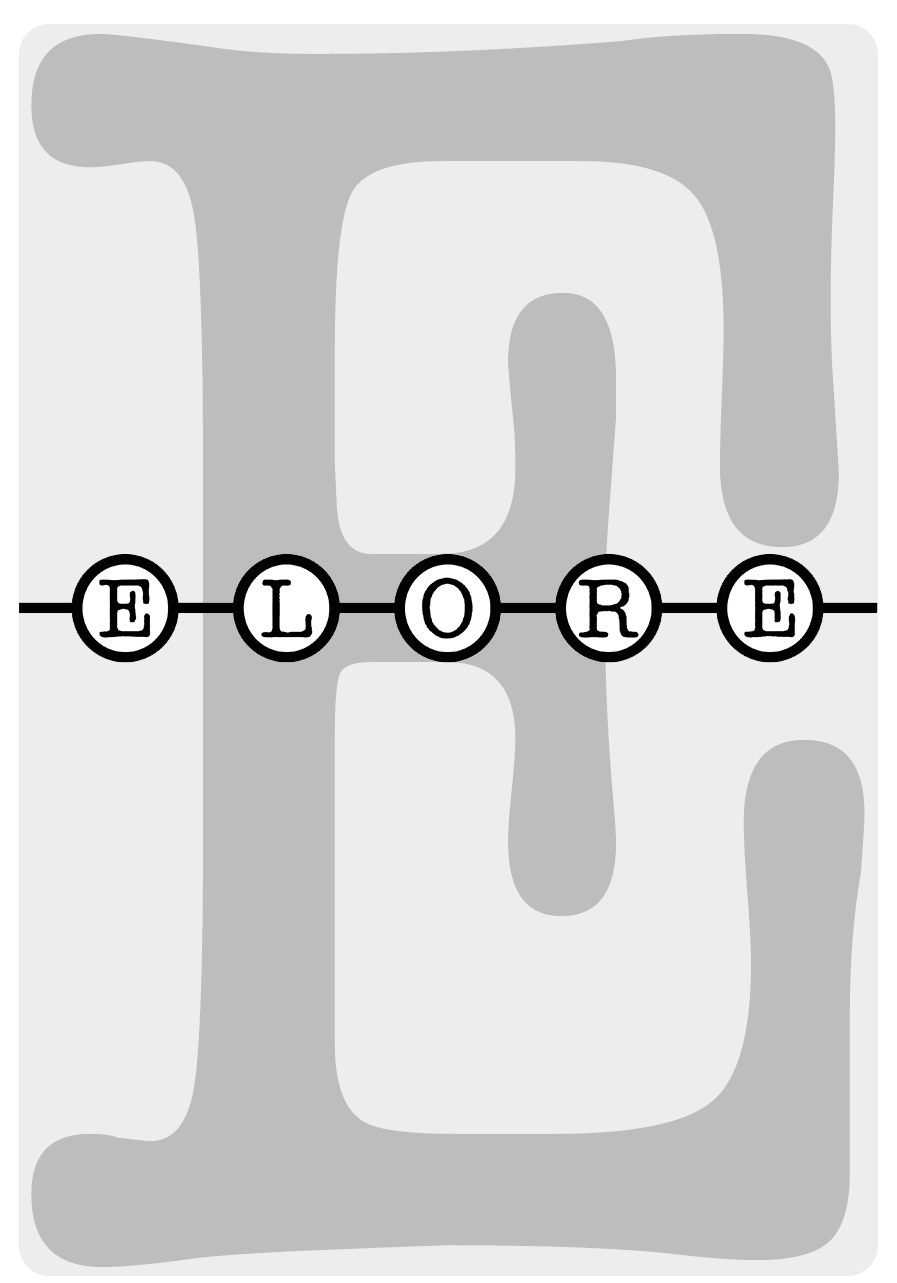Multidimensional tradition - native young people and their construction of indigenousness in Brazilian Amazonia
DOI:
https://doi.org/10.30666/elore.78671Abstract
The article focuses on the Amazonian young natives’ conceptions of cultural traditions. It looks at the way young Manchineri, Apurinã and Cashinahua living in the Acre state, Brazil, ‘operate’ with what they call their cultural traditions and what is its role in their everyday lives. The data used for the analysis consists principally of interview material, but fieldwork methods also involved participant observation, video recordings, photographs and drawings made by these young people. The analysis applies the category of the sacred, as it explains the symbolic limits set in different societies. The results show that corporeal and spatial distinctions of young Indians’ cultural traditions provide the prime means for categorizing behaviour, and for creating and maintaining a traditional system of values as a viable resource for adjusting themselves to the demands of the changing social circumstances. Young Amazonian Indians operate with the dynamism of ‘tradition’, continuously recreating and reinterpreting their indigenous traditions. They have learnt this already in their relation to nature, and presently continue in the relation with the state and non-Indians. For a young native person, ‘tradition’ offers a social and cultural space amid a dominant society. However, tradition represents rather temporal transformations than the state of being.##submission.downloads##
Publicerad
Referera så här
Nummer
Sektion
Licens
Tidskriften följer den så kallade "diamantmodellen" för öppen publicering: tidskriften tar inte ut några avgifter från författarna, och de publicerade texterna är omedelbart fritt tillgängliga på vetenskapstidskrifternas Journal.fi-plattform. Genom att skicka in en artikel till Elore för publicering godkänner författaren från och med september 2024 att verket publiceras under licensen CC BY 4.0. Enligt licensen får andra kopiera, sprida, distribuera och visa det upphovsrättsskyddade verket och eventuella bearbetade versioner av det, under förutsättning att de anger licensen, den ursprungliga publikationen (länk eller referens) och författaren som originalupphovsperson. Alla gjorda ändringar måste anges.
Upphovsrätten till texterna förblir hos författarna, och parallellpublicering är tillåtet. Detta gäller även texter som publicerats före september 2024. Publiceringsinformationen från Elore ska synas i parallellpubliceringen.
Användningslicensen för metadata till publicerade artiklar är Creative Commons CC0 1.0 Universal.





